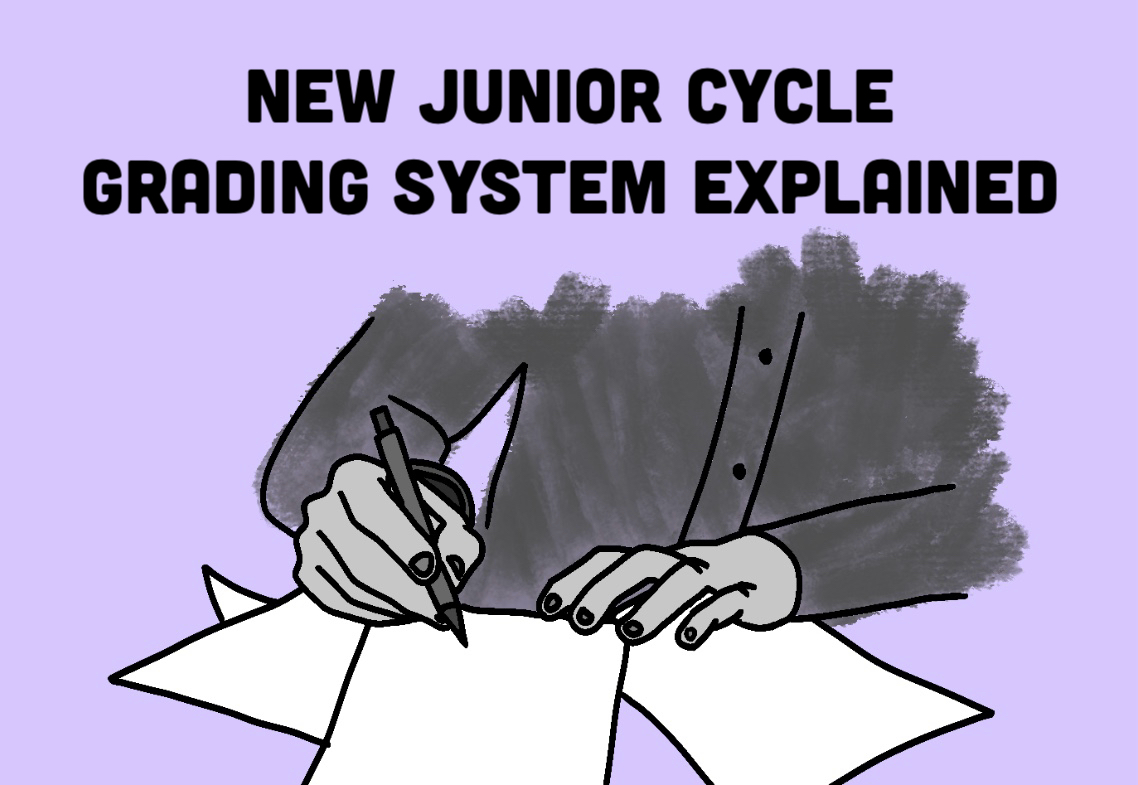WhatsApp Us: +353 87 202 0389
Email: info@btmaths.com

Junior Cycle Grades Explained
The Junior Cycle grades and grading system have reformed.
It used to be your standard grades of A | B | C | C | D | E | F.
But that has all changed. The Junior Cert itself is now called the Junior Cycle course. They changed the grading system to be a lot more encouraging for students. To be honest, I feel like they have made it more confusing. But anyway…….
The new grading system includes a total of 6 grade descriptors: Distinction, Higher Merit, Merit, Achieved, Partially Achieved, and Not Graded. These are only applicable to the Junior Cycle state exams.
Then you have the CBA’s. These Classroom-based assessments (CBAs) have a different grading system. The grade descriptors for CBA’s are: Exceptional, Above Expectations, In Line with Expectations, Yet To Meet Expectations, and Not Reported.
The changes were first made in 2017 but were only applicable to a few selected subjects. From 2022, all subjects, except for English, Irish and Maths have been examined at a common level. That’s a big change.
Key Point: When you get those results in October, you will see your CBA result alongside your Junior Cycle exam results. So the CBA’s do matter!
This article will discuss the following key points:
- Junior Cert Grading System
- What Do The Junior Cert Grade Descriptors Mean?
- Can You Fail The Junior Cert Examination?
- Junior Cycle CBA Grading System
New Junior cycle Grading System
The new Junior Cert grades are as follows:
| Percentage Range | Grade |
|---|---|
| 85 or over | Distinction |
| 70 to 84 | Higher Merit |
| 55 to 69 | Merit |
| 40 to 54 | Achieved |
| 20 to 39 | Partially Achieved |
| 0 to 19 | No Grade/ NG |
1. Distinction
Distinction is the highest grade one can achieve in the Junior Cert. To get a distinction in any subject, a student has to score between 85 to 100%, and even with the new grading system that’s pretty tough to achieve.
It’s difficult to achieve a distinction in any subject. For example, In 2018, amongst more than 6200 students, only 2.5% got a distinction in English.
If you’re looking for some help in maths, join our Junior Cycle classes, which have helped many students achieve distinction in maths.
2. Higher Merit
Scoring 70 to 84 will get you a Higher Merit in the Junior Cert.
In 2019, amongst 64,300 Junior Cert examinees, 13.4% got higher merit at a higher level, and 7.1% got higher merit at an ordinary level in Maths. So, as it seems, achieving higher merit is easier to achieve.
3. Merit
The next descriptor is called Merit. Students who score 55 to 69 achieve this grade. It is the most common grade to achieve – similar to a C grade in the old system. In fact, around 55 to 75% of the students received this grade in Maths in recent years.
4. Achieved
Students who score 40 to 54 secure an “Achieved” grade descriptor. It can be somewhat compared to getting a “D” according to the old grading system.
In 2019, 22.7% of the 64,300 Junior Cert examinees received an “Achieved” grade descriptor in higher level Maths, and 17.9% got this grade in ordinary level Maths.
5. Partially Achieved
Students scoring 20 to 39 receive a “Partially Achieved” grade descriptor. Less than 7% of students received this grade in recent years.
6. Not Graded
Getting a score under 20 will receive the “Not Graded” grade descriptor. But receiving this grade is a rare phenomenon. On average, less than 0.5% of the students received this grade in recent years.
Can You Fail the Junior Cert Examination?
No, you cannot fail Junior Cert. Receiving less than 40% is more likely to get you a “Partially Achieved” grade descriptor, and as mentioned earlier, getting “Not Graded” is rare.
Junior Cycle CBA Grading System
The motive of the classroom-based assessments (CBA) is to evaluate the understandings and skills of a student which cannot be done through formal written exams. Teachers use certain criteria to assess the CBAs.
The Junior Cycle CBA grades are as follows:
- Exceptional
- Above expectations
- In line with expectations
- Yet to meet expectations
- Not reported
1. Exceptional
This grade descriptor indicates a very high standard piece of work that doesn’t necessarily have to be perfect.
The teacher might give feedback to address certain issues that need further attention and polishing. But overall, it refers to an outstanding approach to completing the task.
2. Above Expectations
When a piece of work meets all the criteria of quality for the CBAs, and the work completely reflects the student’s understanding and skills on the topic, the work is graded as “Above Expectations”.
The teacher might point out minor scopes of improvement and give suggestions on how to fix them.
3. In Line with Expectations
Getting this grade will mean that the work reflects most of the features of quality that the teachers follow to assess CBAs. It reflects a good understanding of the topic and does not have any significant errors. The teacher gives feedback on improving the work and addressing the minor issues.
4. Yet To Meet Expectations
Getting this grade will mean that the work lacks in many aspects to meet the features of quality. The work might have a few significant flaws that need to be corrected. However, that does not mean the student has not made a decent attempt to complete the task. The teacher will point out the errors and give feedback on how to fix the issues and improve the quality of the task.
5. Not Reported
This grade indicates that the student has not submitted their work.
Conclusion
The new Junior Cycle grading system is confiusing. But, I hope this made it clearer!
Any questions, I’m always available if you need help.



